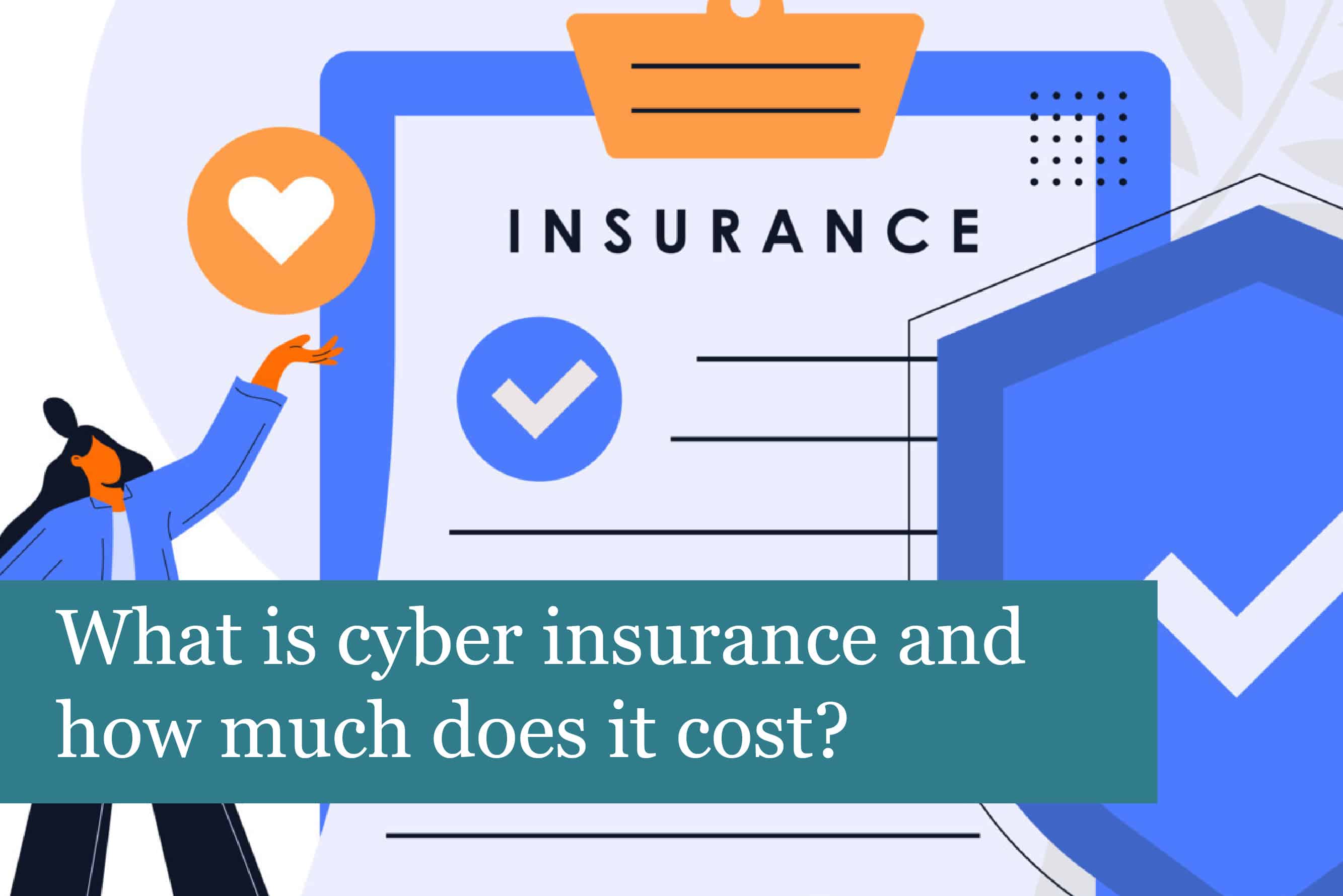
In the contemporary business landscape, technology plays a pivotal role, heightening the risks and consequences of cybercrime to unprecedented levels. This trend is anticipated to persist, underscoring the indispensability of cybersecurity measures, akin to securing office premises with locks.
Understanding Cyber Insurance
Cyber insurance serves as a safeguard for businesses, irrespective of their size, mitigating the financial fallout from cyberattacks on their computer systems. Conventional insurance policies generally do not encompass the loss or impairment of digital assets, making cyber insurance a prudent choice for businesses, except for those rare entities with minimal internet reliance.
Mechanics of Cyber Insurance
The mechanics of cyber insurance are instrumental in alleviating the fiscal and operational ramifications of hacking endeavours. These policies cater to expenses related to data recovery, business disruption, and non-criminal loss or damage, such as IT system failures.
Categories of Cyber Insurance
In the realm of cyber insurance, there exist two distinct categories:
- First-party insurance: This covers a business’s internal assets, addressing direct and indirect costs stemming from cybercrime. It encompasses financial losses, data compromise, software impairment, intellectual property erosion, and customer loss. Additionally, it extends coverage to response efforts, such as establishing emergency call centres.
- Third-party insurance: Also known as cyber liability insurance, this category safeguards external assets, particularly those of customers. It comes into play when hackers target customer information, impair data integrity, block accounts, or manipulate profiles and websites. Similar to liability insurance, it covers legal obligations, including investigation costs, legal defence, civil damages, and compensation.
Ransomware and Cyber Insurance
The relevance of cyber insurance becomes pronounced in scenarios involving ransomware attacks, where hostile software encrypts files or locks computers, demanding payment for data release. As the frequency of such incidents rises, many cyber insurance policies offer coverage for ransomware, either included or available as an optional addendum.
Limitations of Cyber Insurance
Despite its merits, cyber insurance does not cover certain aspects, including potential future lost profits, losses due to intellectual property theft, and betterment costs incurred from technology upgrades post-security breaches.
Determining the Necessity of Cyber Insurance
Determining the necessity of cyber insurance hinges on the nature of a business. Those dealing with sensitive customer data, engaging in extensive online transactions, and lacking external cybersecurity coverage would find it prudent to explore cyber insurance options. Even with advanced antivirus measures, businesses, especially smaller ones, are not impervious to cyber threats.
Common Cybercrimes and Business Vulnerabilities
Common cybercrimes that businesses should guard against include phishing, malware, ransomware, and hacking. Small businesses, while less targeted than their larger counterparts, remain susceptible to financial collapse due to the lack of resources for robust recovery.
Cost Factors and Where to Buy Cyber Insurance
The cost of cyber insurance varies based on factors such as annual turnover, risk level, and existing cybersecurity measures. Industries dealing with sensitive data, like financial services, may incur higher costs due to elevated cybercrime risks. Selecting a cyber insurance provider involves consulting with professionals such as accountants, IT providers, and small business advisors. Clear understanding of business needs is crucial before committing to a specific policy.
Proactive Cybersecurity Measures
While cyber insurance provides a safety net, a proactive approach to cybersecurity is imperative. Implementing measures such as staff training on cyber threats, partnering with trusted network and software providers, keeping systems updated, controlling data access, and conducting penetration testing contribute to a resilient defence against cybercriminal activities.
Recommended Posts

Are you making the most of your Microsoft 365 licensing?
4th July 2025


